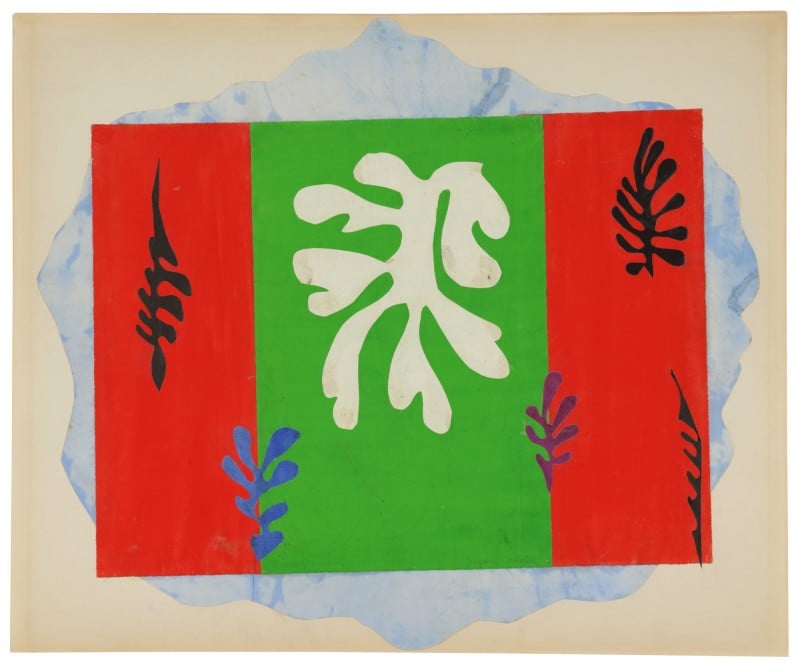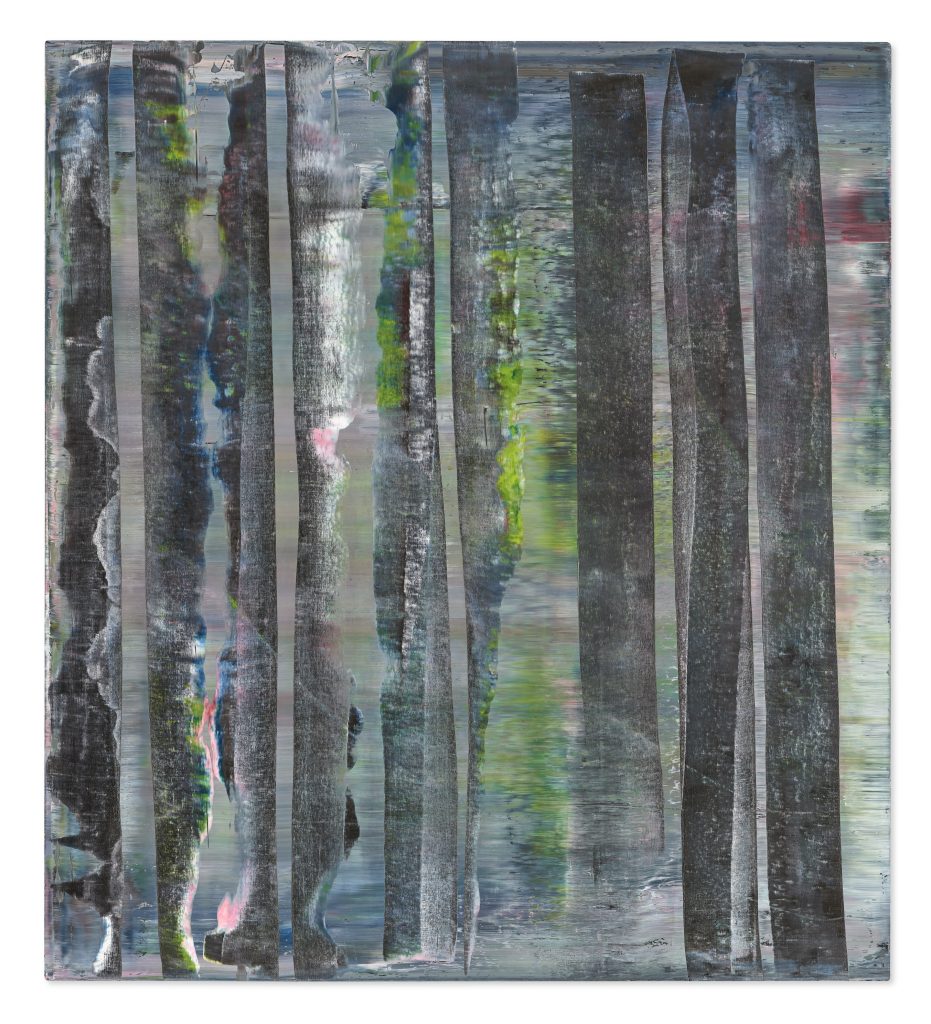Artnet News Pro
If You Had $3 Million, Would You Buy a Jonas Wood Painting or a Matisse Cutout? We Asked an Expert to Choose
In the first installment of a new series, art advisor Allan Schwartzman considers two very different artworks.

In the first installment of a new series, art advisor Allan Schwartzman considers two very different artworks.

Should a single Damien Hirst painting cost more than an entire Old Masters sale? Should Adrian Ghenie’s auction record stand higher than Frida Kahlo’s?
The strange, fickle, mostly subjective nature of art valuation is one of the industry’s most enduring enigmas (and sources of complaint).
To analyze what’s behind some of the confounding prices in the art market, we’re introducing a new series, “This or That,” in which we ask experts to compare two very different works of art offered at comparable prices.
For the first installment, we spoke with art advisor Allan Schwartzman about which of two recent auction offerings he’d buy: Henri Matisse’s La Danseuse (1948–49), a collage estimated for $2.5 million to $3.5 million at Sotheby’s, or Two Tables with Floral Pattern (2013) by Jonas Wood, an artist for whom Matisse is a recurring influence, estimated at $2 million to $4 million at Christie’s. Here’s what he said.

Henri Matisse, La Danseuse (1948–49). Courtesy Sotheby’s.
This or that: I’d buy the Jonas Wood.
On aesthetic considerations: The Jonas Wood is a very complete painting of meaningful scale. He’s an artist for whom there is continued and even rising interest in prices, and it’s a very beautiful example of his work.
The Matisse on the other hand is a bit wonky. I’m not a Matisse specialist, so I’m just speaking from my own eye. The central composition of it is lovely. But the fact that it’s collaged in this odd position, with this kind of light blue halo, just looks very odd to me. And while it has the elements one identifies with Matisse and the cutouts, it feels a bit lifeless.
But even if it was an excellent one, I’d want more for my money at that price. I understand that great cutouts of similar size are probably $10 million and above, but my viewpoint is if you can’t buy the best of something, buy something else for which your budget can permit you to buy the best. So I’d probably in this case go for a Matisse drawing instead of a cutout, and see what period I can get the best Matisse for at that price.
On market considerations: I personally do not have the greatest confidence in the likely longevity of the Wood market, or of his significance and how that might be reflected over time in the market. I find the work to be overly decorative. There’s a lot of art today that’s embedded with the core social, political, cultural, and material content of our volatile times, but I also see a place for and sometimes desire for art that is the opposite, that creates a grand space of contemplation and beauty, and his work doesn’t provide as profound an experience for me in that realm as some other artists.
Having said that, I saw a fabulous painting of his at a collector’s home in Los Angeles a few years ago that was installed near a very fine David Hockney work and, I have to say, the Wood stood up really well. It made me start to question my assumptions about the work, and several curators for whom I have great respect hold his work in high regard. So I leave the door open to the possibility that I am undervaluing his significance and potential staying power. But I personally feel like, at this price level, there’s other places I’d rather put my money than either of these two works.
On the price: I think the Wood estimate was the right estimate. I understand that the painting sold for substantially more [$6.5 million] and I think once you’re getting into that range, it’s wonky compared to other things you could buy.

Gerhard Richter, Abstraktes Bild (1992). Courtesy of Christie’s Images, Ltd 2021.
There was a very beautiful Gerhard Richter painting of significant size, from 1992, which is probably the most commercially sought-after time period for his work, and that sold for around $6.9 million at Christie’s. So there are always imbalances within the art market, but I think we’re in a time now where those imbalances are even more pronounced.